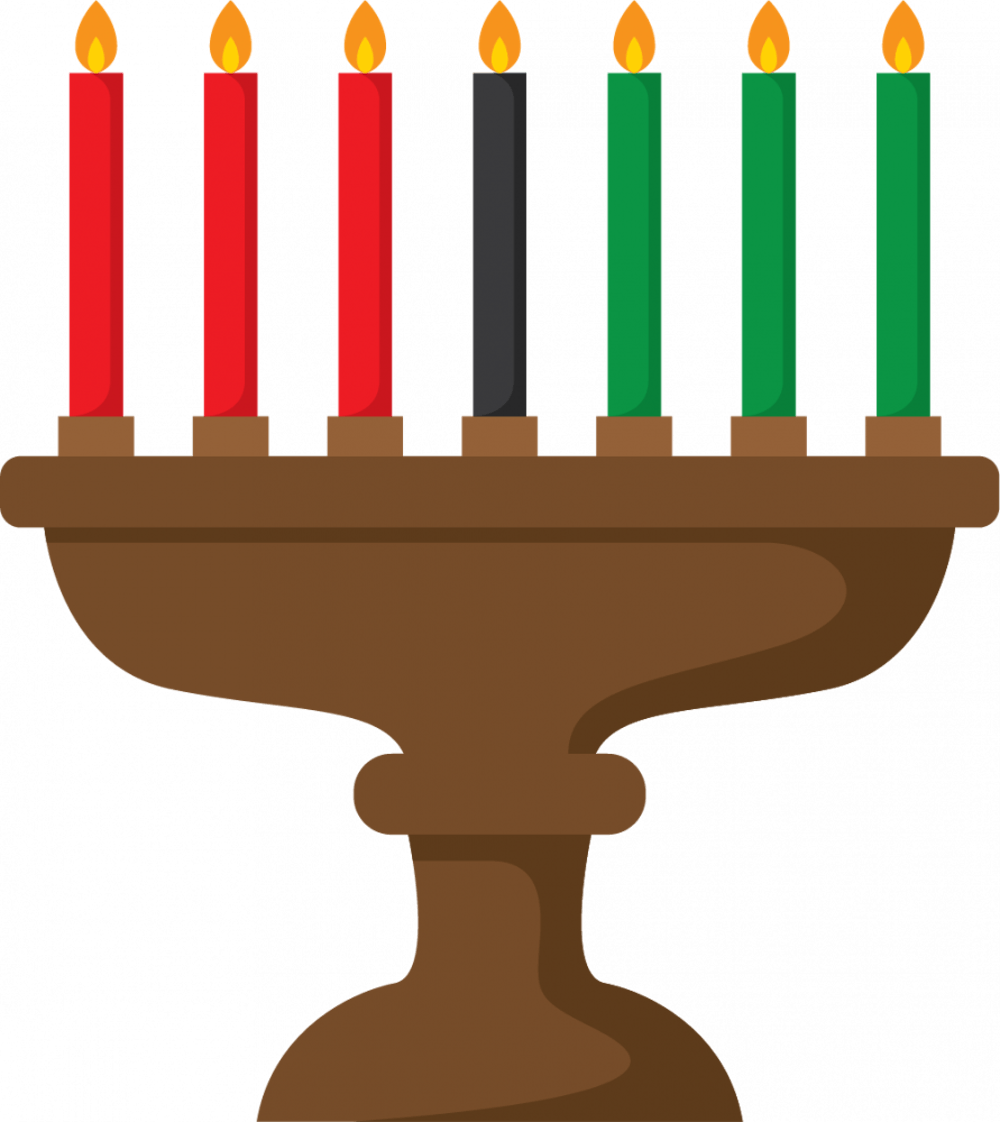The first recorded Christmas festival was by Roman Catholics in the early fourth century to celebrate the birth of their savior, Jesus Christ.
“We don’t know when Christ was born. But as Christians attempted to convert pagan groups they discovered that many of these people had an end-of-the-year celebration because the days were starting to get longer — the world was not ending,” said Wes Gehring, a film professor who is commonly asked for a top 10 Christmas movies list by students. “Thus, to make conversions easier, they kept that ritual alive by plugging it in as Jesus’ time of birth.”
Who ultimately chose the date of Dec. 25 as the day of celebration is still up to debate. According to Christian historian Sextus Julius Arifcanus’ writings, he calculated Jesus’ birth to be Dec. 25 in the year 221 C.E. Despite this, Pope Julius I is also credited as choosing Dec. 25 in 345 C.E. as the date of Jesus’ birth to coordinate with non-Christian traditions at the time.
The Romans celebrated Saturnalia, which praised Saturn, the god of agriculture, and Juvenalia, a celebration of the children of Rome, around the date of the winter solstice, Dec. 21. Pope Julius I chose Dec. 25 so these Roman traditions could merge with the new Christian holiday, and as result, the holiday would be more widely celebrated.
Another non-Christian tradition that has become a staple of the Christmas season is the image of the Christmas tree.
It comes from those who practiced tree worship, which merged with the holiday when Pope Julius I established Christmas around the time of the winter solstice. Non-Christians chose an evergreen tree, also called a pine, because it represented everlasting life, and it pointed directly up to the Heavens.
Much of the world also gives credit to the Germans, because in the 16th century, they began bringing the pine trees into the home and decorating them. If wood was scarce, they would build pyramid-shaped altars to decorate.
It is also believed Martin Luther was the first to have Christmas lights, which at the time were just candles on the tree, according to the History Channel.
Contact Hannah Gunnell with comments at hrgunnell@bsu.edu.
Hanukkah
Hanukkah is the Jewish celebration of the defeat of the Syrian armies and the rededication of the Holy Temple during the oppression of the Jewish people within Jerusalem during 168 B.C.E.
The Syrians abolished Judaism, including Jewish observances and practices, along with desecrating their Temple. The people who formed a resistance born from this oppression were called the Maccabees, and, although outnumbered, they managed to fend off the Syrian armies.
According to legend, when the Maccabees reclaimed the Temple, they found only a single jar of oil, which was sufficient for one day of burning the ner tamid, or eternal light, that is placed within the Temple.
Miraculously, the oil managed to stay lit for eight days while more oil was being secured.
This year, the holiday will be celebrated on Dec. 12 — the 25th day of Kislev — a month on the Hebrew calendar that lasts for eight days. Kislev will end on the evening of Dec. 20.
A common ritual item that is used during the holiday is the menorah, a nine-branched candelabra. During each of the eight nights of Hanukkah, one candle is blessed and lit.
In some cases, each member of a family will have their own menorah. These lightings represent the miraculous power of the oil for staying lit for eight days in the original story.
Prayers and blessings are said during the lighting of each candle. Hanukkah is known for giving gifts across all eight days of the holiday, but this tradition usually varies by family.
Contact Andrew Harp with comments at adharp@bsu.edu or on Twitter at @retr0andrew.
Kwanzaa
Kwanzaa is a seven-day festival that celebrates African and African American culture. It starts on Dec. 26 and runs through Jan. 1.
The holiday was created by Maulana Karenga in 1966 to celebrate family, culture and heritage, and is modeled after the first harvest celebrations in Africa, according to the Official Kwanzaa Website.
“Kwanzaa is a celebration for individuals of the publics of African neospora in which they can come together and have a holiday,” said ChrisTopher Moore, assistant director to the multicultural center. “It can be universal. It was meant to be for people from a certain culture, but Kwanzaa can truly be something for everyone.”
The name of the holiday comes from the Swahili phrase “matunda ya kwanza” or “first fruits.” The celebration also uses the number seven to represent several different aspects of the culture.
Similar to Hanukkah, Kwanzaa celebrators light candles, which are held in a kinara, to represent the Seven Guiding Principles of Kwanzaa.
The Seven Guiding Principles, umoja (unity), kujichagulia (self-determination), ujima (collective work and responsibility), ujamaa (cooperative economics), nia (purpose), kuumba (creativity) and imani (faith) are universal and applicable to students at Ball State.
Additionally, there are often seven items set on the Kwanzaa table:
Mkeka or “mat” is a woven mat which symbolizes experiences and foundations.
Kikombe cha Umoja or the “unity cup” represents family and community. Once filled, a little is poured out to remember the ancestors, and then each person takes a sip.
Mazao or “crops” are fruit and vegetables from the harvest. Kinara or “candle holder” represents the days and principles of Kwanzaa.
Mishumaa Saba or “seven candles” are placed in the kinara. They are black, red and green, which are the colors of the African flag.
Muhindi or “corn;” there is one ear of corn of each child in the family. If a family does not have children, then one ear is used to represent the children in the community.
Zawadi or “gifts” given to children during Kwanzaa are normally educational, such as a book, DVD or game. Additionally, there is a gift to remind children of their African heritage.
Some celebrities who have been known to celebrate Kwanzaa each year include Oprah and Angelina Jolie, according to a PBS article.
Contact Liz Rieth with comments at ejrieth@bsu.edu or on Twitter at @liz_rieth.





